In the highly competitive landscape of modern manufacturing, the efficiency of production processes is paramount. Precision cutting tools have emerged as essential components in achieving optimal performance and accuracy, significantly influencing overall manufacturing output. According to a recent report by the Global Precision Cutting Tools Market, the industry is projected to reach a value of $30 billion by 2027, reflecting an annual growth rate of over 6%. These advanced tools not only enhance precision but also reduce waste and minimize production downtime, making them indispensable for manufacturers aiming to streamline operations. By integrating the right cutting tools, companies can improve their workflow and deliver superior products, ultimately driving profitability and growth in an ever-evolving market.
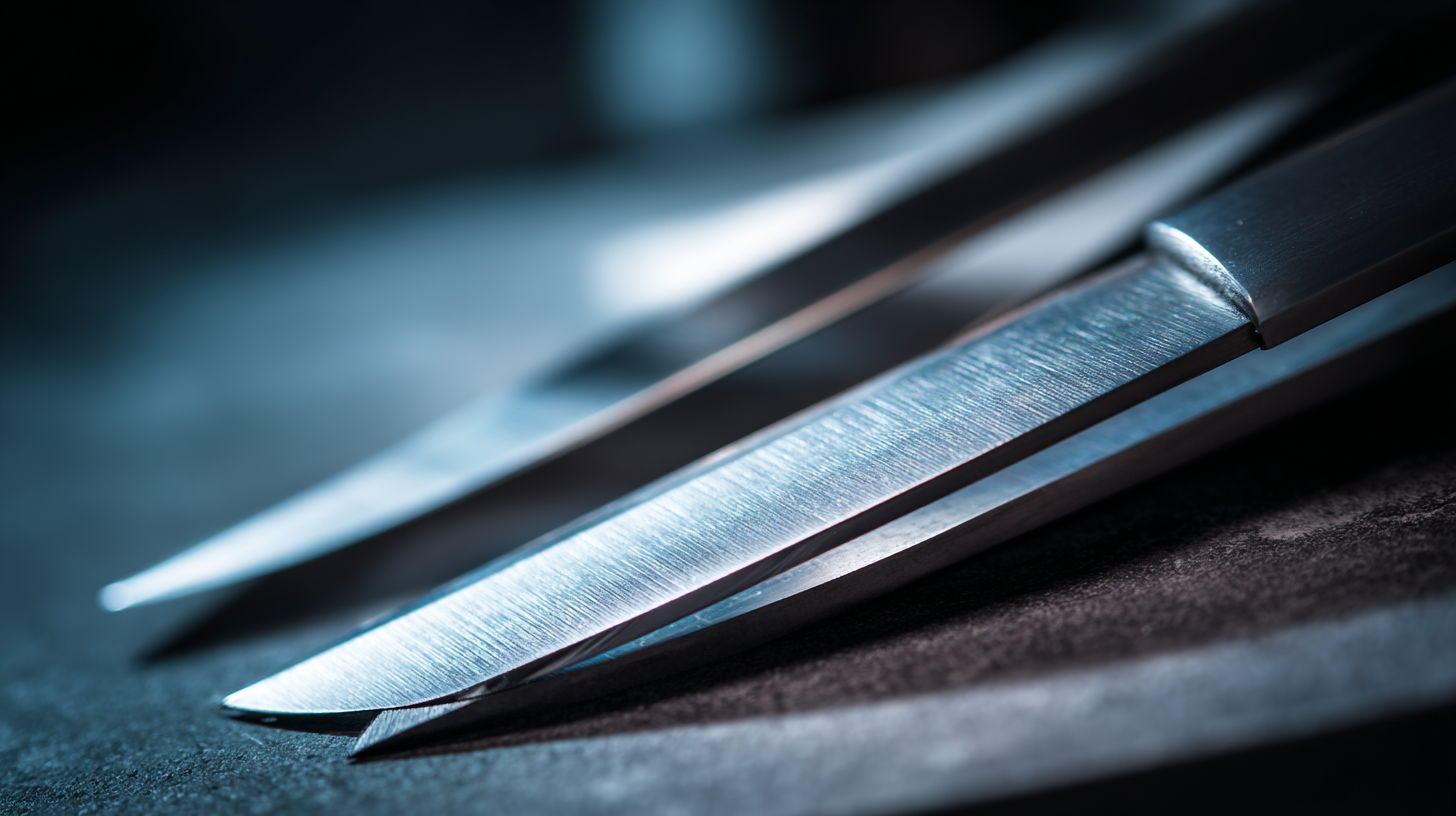
Precision cutting tools are essential instruments in the manufacturing sector, playing a vital role in improving production efficiency and ensuring the quality of the final product. These tools are designed to deliver accurate cuts with minimized material waste, which not only enhances the aesthetic appearance of machined items but also contributes to their structural integrity. By investing in high-quality precision cutting tools, manufacturers can achieve tighter tolerances and consistent results, leading to fewer errors during the production process.
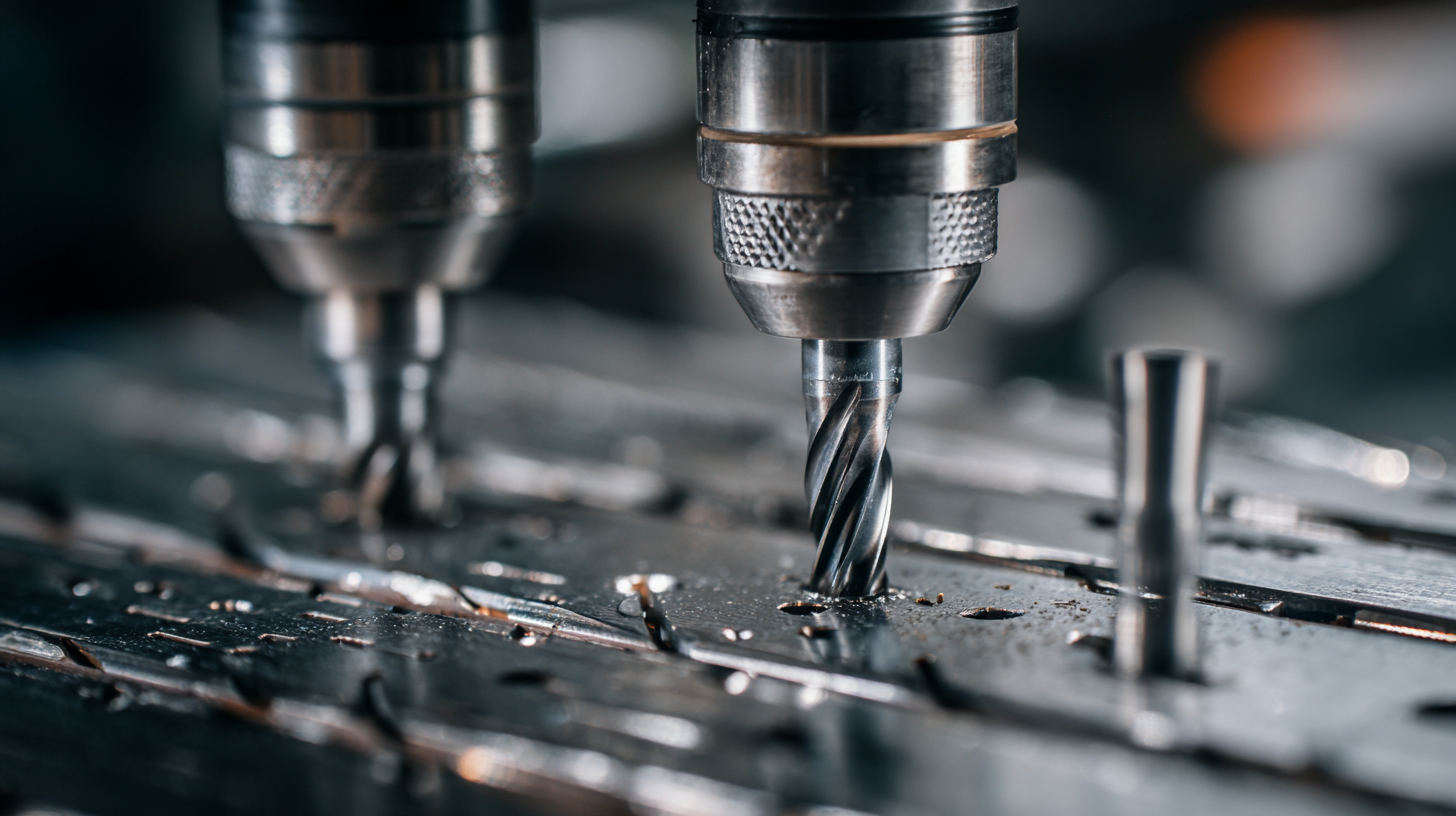
Moreover, the significance of precision cutting tools extends beyond mere accuracy; they also impact the overall workflow within manufacturing operations. Tools such as CNC machines, laser cutters, and specialized blades streamline production efficiency by allowing for rapid, yet precise, cutting options. This automation reduces manual labor and increases output rates, freeing up skilled workers to focus on more complex tasks.
Ultimately, understanding the importance of these tools allows manufacturers to make informed decisions, ensuring they choose the right equipment tailored to their specific needs and applications.
When selecting precision cutting tools to enhance manufacturing efficiency, there are key features to consider that can significantly impact productivity and product quality. A recent study published by the National Institute of Standards and Technology (NIST) highlights that the right cutting tools can improve machining efficiency by up to 30%, underscoring their importance in production environments. Look for tools made from high-performance materials like carbide or ceramic to maximize durability and cutting speed. Additionally, tools with advanced coating technologies can reduce friction and heat, further enhancing their lifespan and performance.
Moreover, precision is paramount in manufacturing. Opt for tools equipped with automatic calibration systems to ensure consistent cutting accuracy. According to a report by the Manufacturing Technology Association, integrating advanced cutting tools with real-time monitoring systems can reduce scrap rates by over 25%. This not only saves costs but also boosts overall production efficiency.
Tip: Regular maintenance of cutting tools is essential. Implement a scheduled maintenance routine to check for wear and tear. Well-maintained tools lead to better performance, minimizing downtime, and ensuring continuous productivity on the shop floor. Investing in ergonomic handles and adjustable settings can also improve operator comfort and control, making it easier to achieve precise cuts.
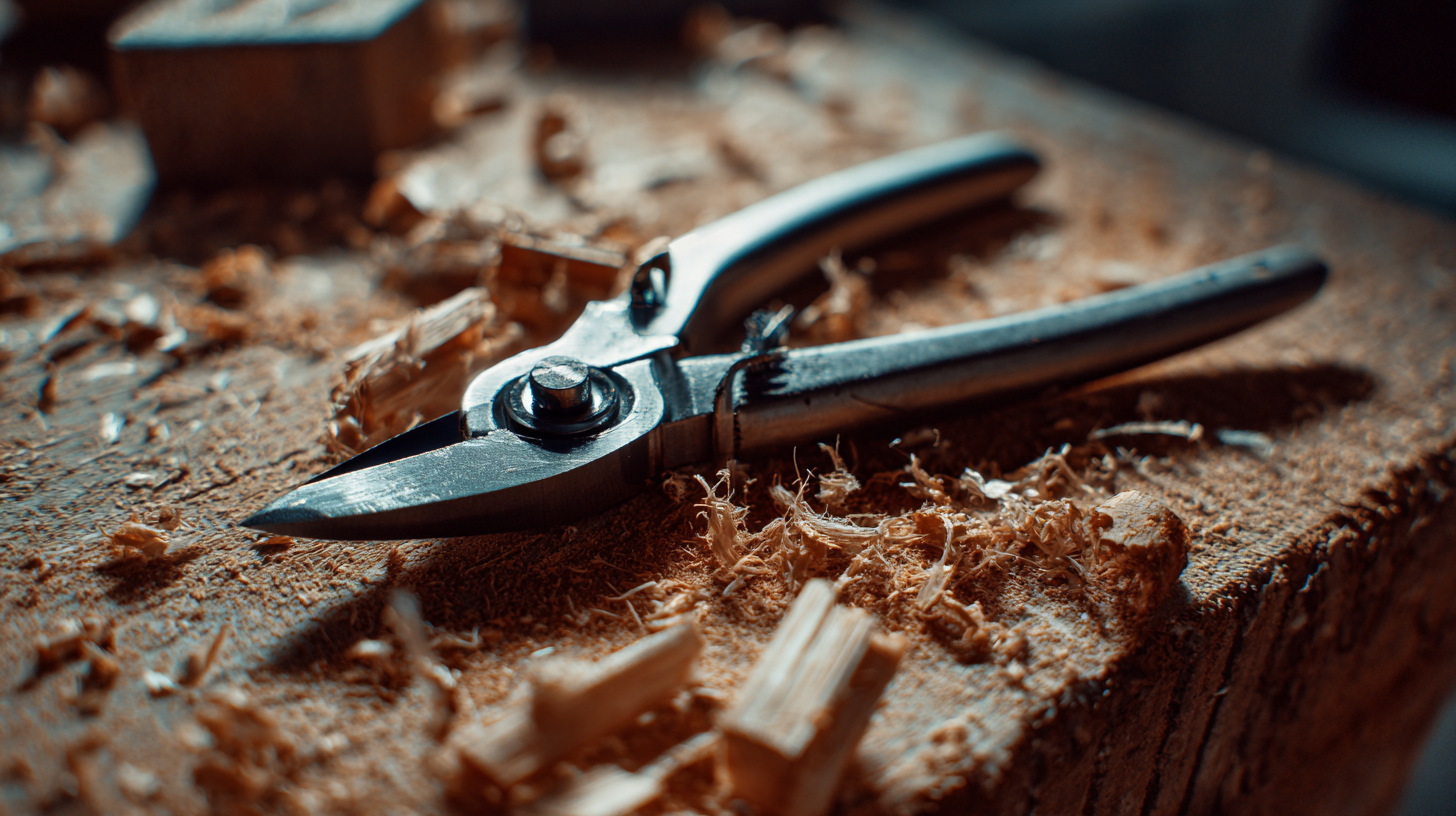
CNC machines have revolutionized the landscape of precision cutting, becoming indispensable tools in contemporary manufacturing practices. These computer-controlled devices offer unparalleled accuracy and consistency, allowing manufacturers to achieve intricate designs and tight tolerances that were once difficult to obtain with traditional methods. The integration of CNC technology enables faster production rates while reducing waste, aligning perfectly with the need for increased efficiency in today’s competitive markets.
As reflected in market projections, the demand for advanced cutting tools, such as plasma cutting machines, is expected to rise significantly, with market growth from $699.5 million in 2025 to an estimated $905.2 million by 2032. This trend highlights the growing reliance on technology-driven solutions to streamline operations and enhance output quality. Manufacturers are increasingly adopting CNC machines not only for their precision but also for their ability to adapt to various materials and project specifications, empowering businesses to innovate and maintain a competitive edge.
When it comes to precision cutting tools in manufacturing, the debate between manual and automated options has gained significant traction. Manual precision cutting tools, such as handheld saws and chisels, offer a level of craftsmanship that many artisans appreciate. The tactile feedback and control these tools provide allow skilled workers to make intricate cuts that reflect their expertise. However, the downside often includes slower production speeds and the potential for human error, which can compromise consistency, especially in high-volume operations.
On the other hand, automated precision cutting tools, such as CNC machines and laser cutters, have revolutionized manufacturing efficiency. These tools utilize advanced technology to execute cuts with unparalleled accuracy and speed, significantly reducing the chances of error. Moreover, they can operate continuously and handle high-volume production runs without fatigue, leading to greater consistency and overall efficiency. While initial investment costs might be higher for automated systems, the long-term benefits of decreased labor costs and increased production capabilities make them a compelling choice for modern manufacturing. Ultimately, the decision between manual and automated tools depends on the specific needs of the project and the balance between craftsmanship and efficiency.
Precision cutting tools are essential for maximizing manufacturing efficiency, but their performance and longevity depend heavily on proper maintenance. Regular cleaning is crucial; debris and metal shavings can accumulate and hinder cutting precision. After each use, tools should be wiped down to remove any contaminants, and deeper cleaning should be performed periodically to ensure optimal functionality. Additionally, using the right lubricants can drastically improve performance, reducing friction and extending the life of cutting edges.
Another critical aspect of maintaining precision cutting tools is frequent inspections. Regularly checking for wear and tear, such as dull blades or chipped edges, allows for proactive replacements before minor issues lead to more significant problems. Sharpening tools when necessary not only maintains their cutting effectiveness but also minimizes the risk of inaccuracies that could affect overall production quality. Proper storage is equally important; tools should be kept in a clean, dry place and properly organized to prevent damage and ensure easy access during manufacturing processes. By establishing a disciplined maintenance routine, manufacturers can significantly enhance the reliability and longevity of their precision cutting tools.
| Tool Name | Material Compatibility | Precision Level | Maintenance Frequency | Expected Lifespan |
|---|---|---|---|---|
| Laser Cutter | Metals, Plastics | ±0.1 mm | Monthly | 10,000 hours |
| CNC Mill | Metals, Wood | ±0.05 mm | Weekly | 15,000 hours |
| Water Jet Cutter | Metals, Glass, Stone | ±0.5 mm | Daily | 12,000 hours |
| Plasma Cutter | Metals | ±0.3 mm | Weekly | 8,000 hours |
| Band Saw | Wood, Plastics, Metals | ±0.2 mm | Monthly | 5,000 hours |


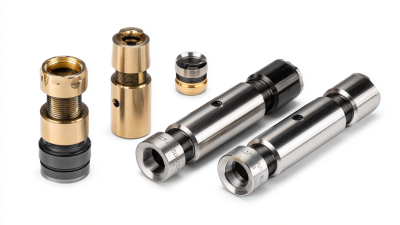

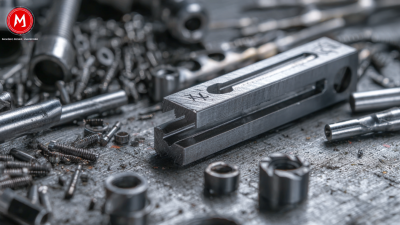
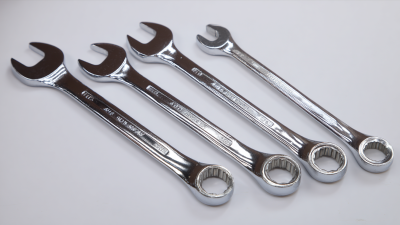
Contact
KYOCERA SGS Precision Tools, Inc.
(330) 686-5700
150 Marc Drive
Cuyahoga Falls, OH 44223
Products
Resources